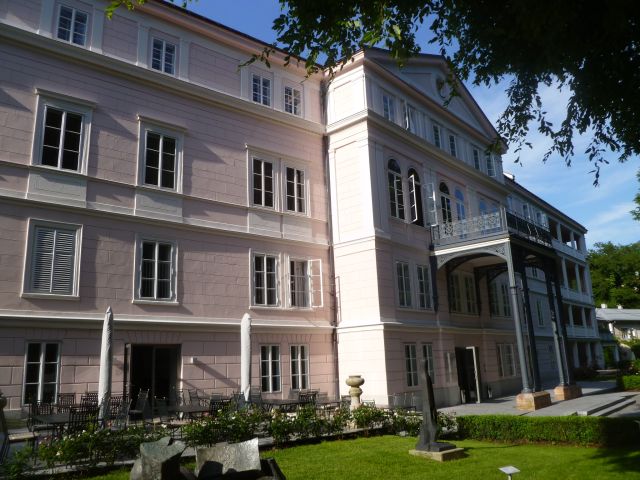|
Arenberg Castle
Arenberg Castle ( nl, Kasteel van Arenberg, french: Château d'Arenberg) is a château in Heverlee close to Leuven in Belgium. It is surrounded by a park. History The site had been the castle of the lords of Heverlee since the 12th century, but this family became impoverished and had to sell the site in 1445 to the Croÿ family from Picardy. Antoine I de Croÿ demolished the medieval castle and started works to build the current château in 1455 on the site, of which he destroyed all but one tower. His grandson, William de Croÿ, completed the works on the château in 1515, and founded a monastery on the château grounds for the Benedictine Celestines. The architectural style is in large part traditionally Flemish, with sandstone window frames and brick walls, though it has been structurally altered since 1515 and has elements of Gothic, Renaissance, and Neo Gothic architecture. Its large corner towers are typical, once surmounted by a German eagle. Charles III of Croy w ... [...More Info...] [...Related Items...] OR: [Wikipedia] [Google] [Baidu] |
Arenberg Castle, Salzburg
The Arenberg Castle (''Schloss Arenberg'' or ''Schloss Bürglstein'') is a castle on the right bank of the river Salzach in Salzburg. The castle was first documented in the 14th century and belonged to the lords of Keutzl, the lords of Pirglstein and later the lords of Rehling until the 16th century. In the 17th century, the castle was purchased by Archbishop Johann Ernst von Thun, but in 1695 it became a nunnery of the Ursuline Sisters. However, this was short-lived and three years later, the nuns moved to Gstättengasse. In 1791, gardener Sebastian Rosenegger bought the property and encouraged the building of a new park in the castle grounds. He passed it to his son, the businessman and amateur archaeologist Josef Rosenegger. In 1792, Rosenegger discovered, during excavations for the new park, a large Roman cemetery and treasures. The park soon became a popular destination from miles around Salzburg, and it was visited by several state leaders. After a fire in 1814, the castl ... [...More Info...] [...Related Items...] OR: [Wikipedia] [Google] [Baidu] |
Celestines
The Celestines were a Roman Catholic monastic order, a branch of the Benedictines, founded in 1244. At the foundation of the new rule, they were called Hermits of St Damiano, or Moronites (or Murronites), and did not assume the appellation of Celestines until after the election of their founder, Peter of Morone (Pietro Murrone), to the Papacy as Celestine V. They used the post-nominal initials O.S.B. Cel. ''GCatholic.org''. Gabriel Chow. Retrieved June 20, 2016 The order was absorbed by from 1778 by order of |
Castles In Belgium
A castle is a type of fortified structure built during the Middle Ages predominantly by the nobility or royalty and by military orders. Scholars debate the scope of the word ''castle'', but usually consider it to be the private fortified residence of a lord or noble. This is distinct from a palace, which is not fortified; from a fortress, which was not always a residence for royalty or nobility; from a ''pleasance'' which was a walled-in residence for nobility, but not adequately fortified; and from a fortified settlement, which was a public defence – though there are many similarities among these types of construction. Use of the term has varied over time and has also been applied to structures such as hill forts and 19th-20th century homes built to resemble castles. Over the approximately 900 years when genuine castles were built, they took on a great many forms with many different features, although some, such as curtain walls, arrowslits, and portcullises, were ... [...More Info...] [...Related Items...] OR: [Wikipedia] [Google] [Baidu] |


